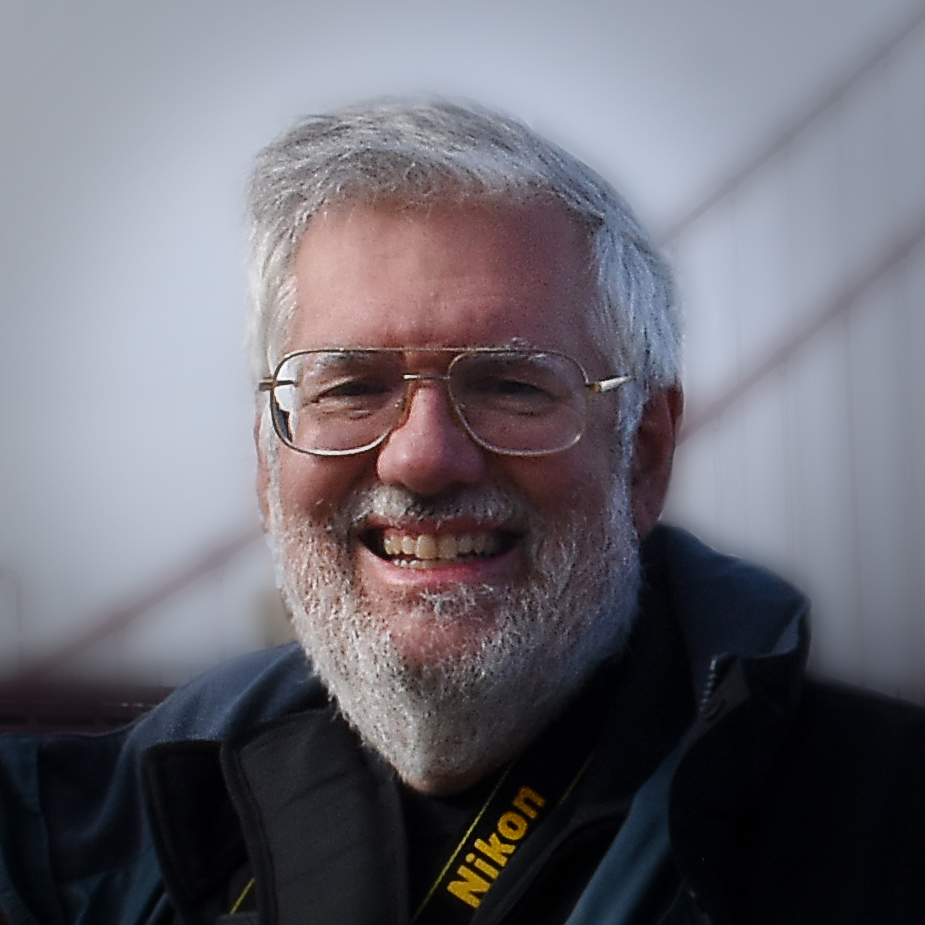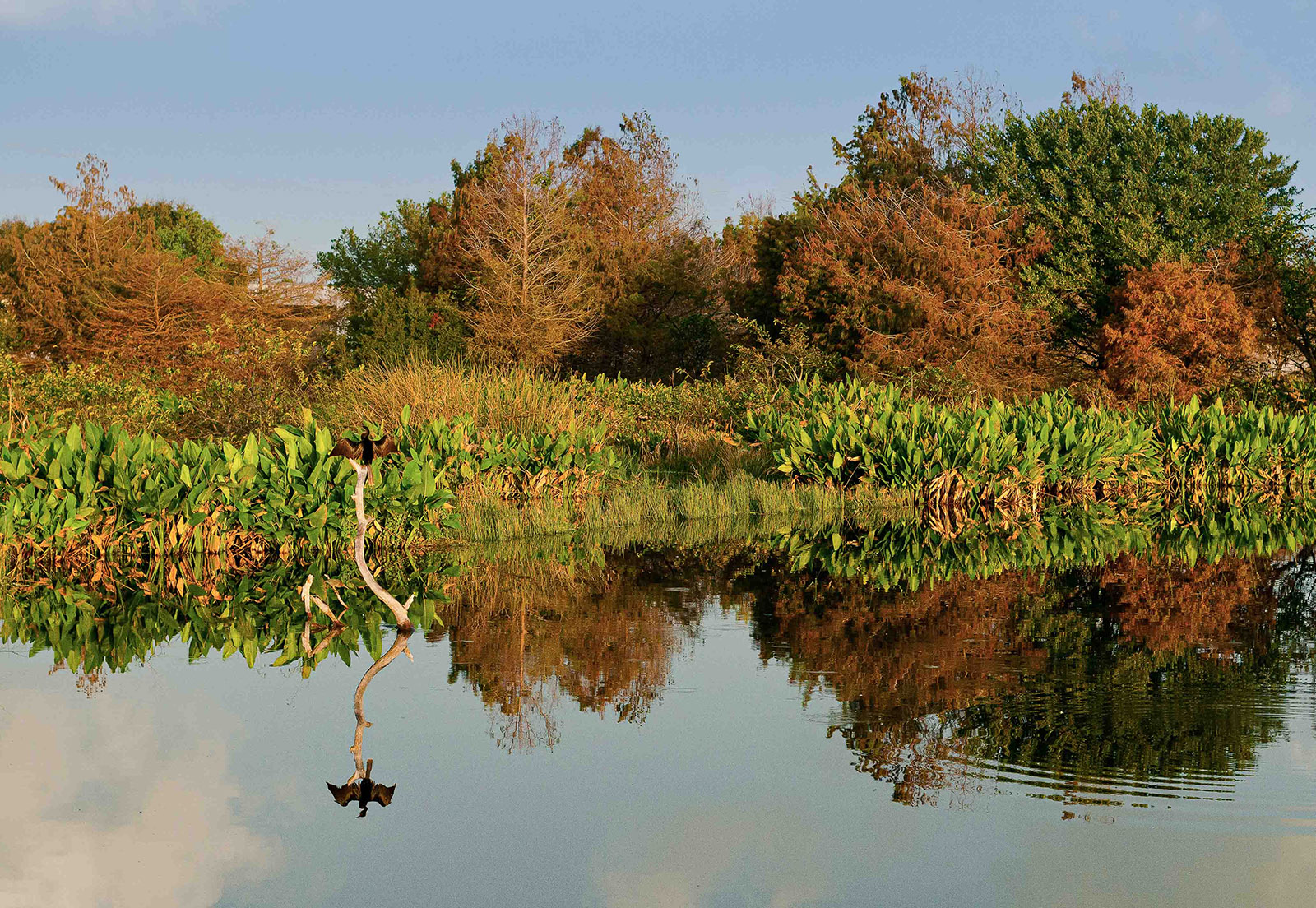About the Image(s)
Fall in the Everglades
Nikon D850 20-70mm lens @ 48mm, f11, ISO 320, 1/320 with circular polarizer
This fall many of us, including me, posted lovely images of autumn colors in the northern regions. However when I got home from my northern excursion I decided to capture the autumn colors of the South Florida Everglades. People think of Florida as being tropical and filled with palm trees and while south Florida does not have really have deciduous trees we do have cypress trees and a few bushes and grasses that change colors. This was taken on a typical fall day (peak fall colors this year were early December) in the southern area wetlands of the Everglades at about 8 a.m. I wanted to get full daylight on the trees to enhance the colors. Fall days in south Florida are nearly cloudless, hence the mostly blank sky. By mid January the cypress trees shown here will be bare branches. This is the season where the migrant birds abound in Florida and although their numbers are decreasing due to the number of hurricanes we have been having and the resulting deep water where the wading birds are unable to fish. There is an anhinga drying its wings whose shadow is reflected in the still waters. He was the only bird visible. Usually there would be over a hundred birds wading in this large pond at this time of the year.
Only minor adjustments were made in post, including sharpening, a bit of dehaze and some exposure adjustments to highlights and shadows.

Michael Jack
I think you picked the right time of day to maximize the colors, and like the way you balanced the image in the frame. The bird popped out to me in the reflection, but I had to look more closely to see it on the branch. I don't know if you could have moved to isolate it more, but that would be my only suggestion. I like the way the reflection of the cloud in the water framers the bird. Posted: 01/05/2025 11:05:04

Larry Treadwell
Thanks Michael. I struggled with that bird but I could not figure out any way to make the actual bird more visible. At least he (it is a male) turned his back to the camera as his chest has streak like lines on it. I did work to keep the reflection against the cloud . Posted: 01/05/2025 12:08:10

Gokulananda Nandan
I liked the way you have kept the reflection of the bird against the cloud.
May I know at what time of the day did you click this photo?
Posted: 01/12/2025 09:14:51

Gokulananda Nandan
I completely agree with Michael. I also like the way the bird popped out in the reflection. Posted: 01/12/2025 09:13:22

Larry Treadwell
Sunrise was at 7:06 a.m. and the photo was taken at 7:51 a.m. In my description above I said about 8 a.m. but it was slightly before that. Had wait for the sun to get high enough so that the scene was not in partial shade created by the trees behind my camera position. Posted: 01/12/2025 10:53:44

Arne Skinlo
The first thing that caught my attention was the bird; I found it irritating that the real bird had little contrast to the background. After having looked at it for a while, I found it interesting how the mirrored bird became the main object. I understand that is an early morning picture, but to me, it is a bit too bright. I would suggest to darken the surroundings and keep the focus on the bird. I think that would add mood to the image. Posted: 01/19/2025 01:54:08

Larry Treadwell
Thanks Arne
Perhaps not the best Everglades images I've ever taken but I likes the "fall" colors, so it is what it is. I do agree that the upsidedown bird does a good job of masquerading as a subject. That branch is an anhinga hang-out and they will perch there for hours to dry their wings and have been doing so for years. i know the sky is supposed to be dark it reflection and this actually is (it is dark enough to show the clouds that do not show in the sky) but after reading your comment, I will adjust this and make the foreground water darker. Thanks. Posted: 01/19/2025 13:40:05

Barbara Gore
Hi Larry. In South Carolina I used to like photographing the salt marshes during the fall because of the subtle color changes in the grasses. While the Everglades may not be a salt marsh, the native grasses and cypress trees add their own seasonal transformation. For this image, I was drawn to the reflection of the anhinga on the tree stump while the real bird blended into the surrounding vegetation. It's a unique presentation which works for me. The sunlight adds to the vivid colors. For me, this scene serves as a good environmental portrait. Posted: 01/19/2025 09:47:56

Larry Treadwell
Thanks Barbara
I thought is was a bit odd that the reflected bird turned out to be the more dominate and thus adds a bit of humor to the scene. Like you, I sort of like the fall colors. I wondered how others would react to it. Posted: 01/19/2025 13:43:27

Adi Ben-Senior
Larry, the composition is good exposure and edit are good. I think it is too yellow. you can argue this is the time of the day but still it is very yellow. Maybe this is just my screen or my perspective. Posted: 01/20/2025 17:18:49

Larry Treadwell
Hard to say. I hadn't noticed. Maybe as you suggest it is a monitor issue. I'll play with it a little tomorrow and see what I end up with. Posted: 01/23/2025 19:08:55

Bill Peake
That is really an interesting image, I saw the bird's reflection in the water and had to search a bit to find it. It certainly engages the viewer! Posted: 01/23/2025 15:34:24

Larry Treadwell
Thanks for your input. Posted: 01/23/2025 19:09:23
